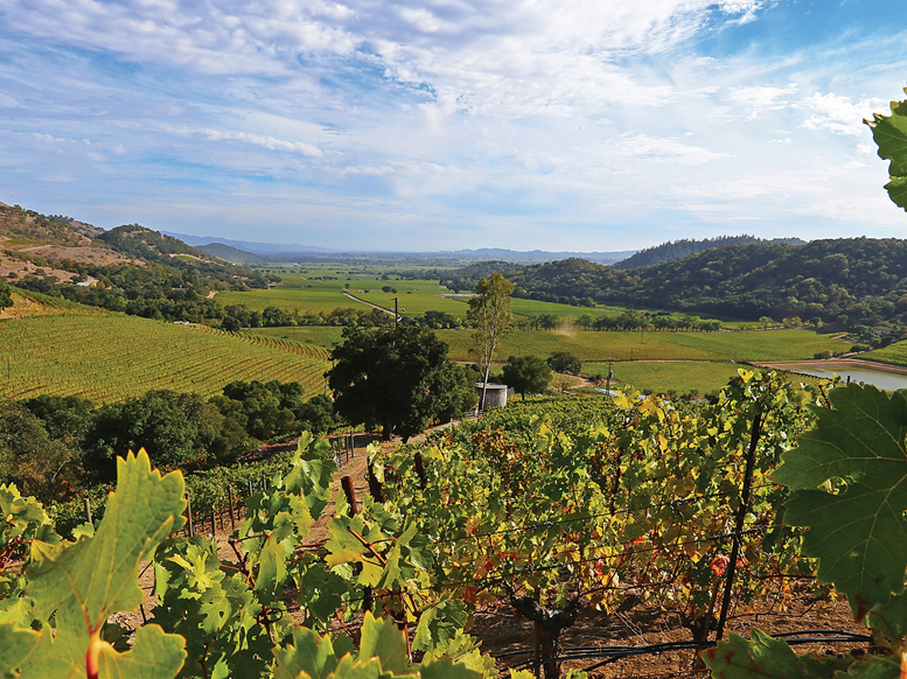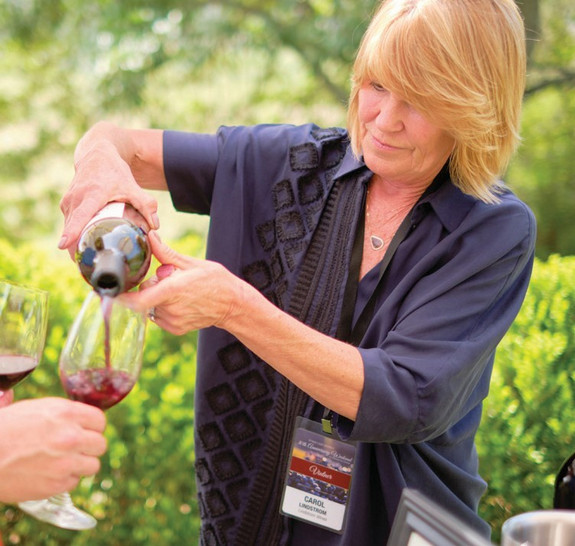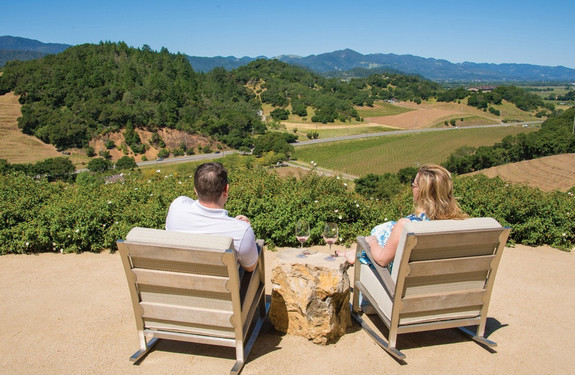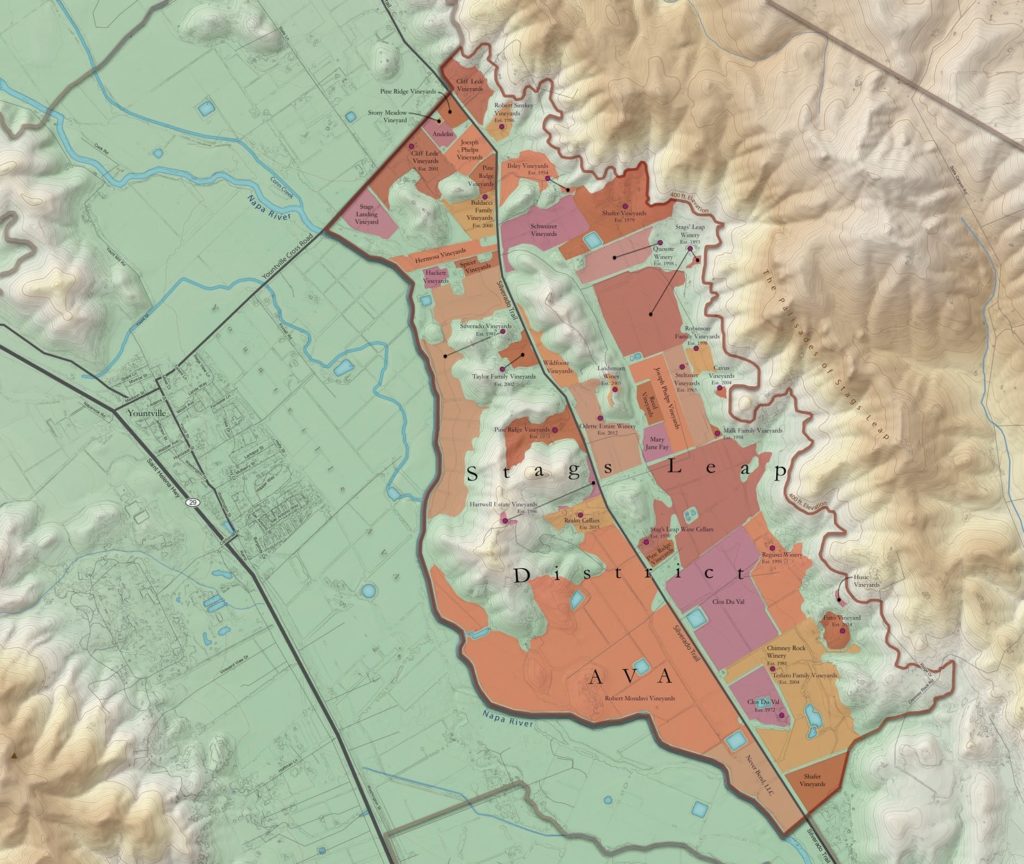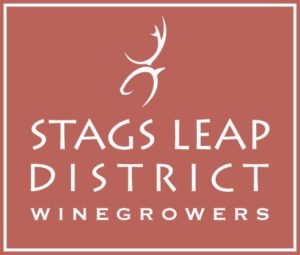The Valley within in Napa Valley: Stags Leap District AVA
“The quality of any wine grown in any AVA comes down to geology and soil, orientation and aspect, and topography and climate,” said Kirk Grace, Director of Vineyard Operations for Stag’s Leap Wine Cellars. “But topography and climate are the dominant orographic (relating to position and form of mountains) characteristics that make the Stags Leap District so unique.”
Remi Cohen, current president of the Stags Leap Winegrowers Association and COO of Lede Family Wines, agrees. Two of Lede’s estate properties are quintessential Stags Leap District. “These estate vineyards celebrate the District’s unique typicity and compelling diversity,” said Cohen. “The west-facing hillsides of the Palisades reflect warmth, creating high daytime temperatures that ripen opulent Cabernet. However, our location in the southern half of Napa Valley and its proximity to the San Pablo Bay draws in cool air in the late afternoons causing very low nighttime temperatures. These cool nights retain acidity and freshness in the wines, and this is why Stags Leap District wines show both power and elegance, ripeness and freshness, dark fruit and minerality.”
“There are several places in the Napa Valley that have the soil and the orientation,” said Grace. “But the icing on our AVA’s cake is a topographical influence that creates this low-pressure feature, actively drawing cooler air from San Pablo Bay into the head of the SLD valley.”
Also distinguishing the AVA is its diminutive size – both geographically and in winery properties. “We are very small in relation to other AVAs,” said Nancy Bialek, executive director for the past 23 years of the Stags Leap District Winegrowers. A wine industry veteran, Bialek began her career at Robert Mondavi Winery before being selected by AVA veterans to establish an organized association. “We are a group of 17 wineries and ten grape growers in a region distinguished for the close proximity of each. The ease of accessibility can provide a fantastic visitor experience. Guests can have an intimate tasting experience from one winery to the next without a great deal of driving. Our members provide amazing hospitality; each complements the other and enthusiastically recommends their neighbors. They know each other well by collaborating on many initiatives throughout the years.”
“All of our producers share a common goal of quality,” adds Cohen, who emphasizes the number of District wineries participating in green practices. “Sustainable farming is necessary to continually grow high-quality grapes and wines. Cliff Lede is Napa Green certified, as are a majority of our vintners including Pine Ridge, Baldacci, Chimney Rock, Odette Estate, Silverado, Clos du Val, Stag’s Leap Wine Cellars, Stags’ Leap Winery, and Regusci.”
The District’s collaborative nature is illustrated in its limited annual offering of the Stags Leap District Appellation Collection – a vintage- specific 17 bottle assortment of Cabernet Sauvignon, one bottle from each member, sold directly to consumers each year October 15 – December 15. The District was the first and is the only sub-AVA to release such an extraordinary collection.
“This unique collection allows wine lovers everywhere to ‘visit’ our District in the glass, and experience the hallmark style of Cabernet produced from our distinctive terroir,” said Bialek. “This collection is our appellation story in a single set.”
That story began long ago. A grape-growing region since the mid-1800s, it was 1961 when the first Cabernet Sauvignon vines were planted by pioneer Nathan Fay. International recognition came in 1976 after a 1973 Stag’s Leap Wine Cellars Cabernet was pronounced the winning red at the fabled Judgment of Paris blind tasting competition. In 1985, John Shafer, founder of Shafer Vineyards, organized the area’s grape growers and winery owners to petition the government for an AVA designa- tion, and in 1989 the area was officially recognized as one of the Valley’s first sub-AVAs. The region has since become synon- ymous for Cabernet Sauvignon, with approximately 90 percent of the 1,250 planted acres comprising the five Bordeaux varietals.
“Dad had the sense early on that Stags Leap District was a special place,” says John’s son Doug Shafer, who has called the area home since 1973 when his family moved from Chicago to an old farmhouse on the site where their winery now stands. “Dad’s early wines and those produced by his neighbors had a quality on which wine writers in the early 1980s were remarking – a richness of flavors combined with a soft, silky quality to the tannins. This is the result of the difference between daytime and nighttime temperatures which can vary as much as 30 degrees. That seesaw of heat and cool helps the fruit retain excellent natural acidity, helping develop soft tannins, and rich flavors.”
Not one to rest on its laurels, the District annually plans several highly anticipated marquee events. In addition to the Appellation Collection offering, the Stags Leap District Winegrowers Association hosts an exclusive springtime event: Vineyard to Vintner (April 24-26, 2020 with limited tickets released December 1) a unique, immersive experience allowing consumers to deep-dive into the Stags Leap District. Featured are library wine dinners co-hosted by several vintners, educational opportunities, and a bountiful luncheon at which the vintners showcase their wines. “There is nothing else like it, where consumers can access rare wines and interact as intimately and directly with vintners,” said Cohen.
“This year, we are celebrating the District’s 30th Anniversary with a unique November initiative — offering a very limited number of Cabernet Library Cards, which will entitle card- holders to a library wine tasting added to their tasting experience from among eleven participating wineries.” Visitors planning to visit the Stags Leap District in November can purchase the $130 library card on the District’s website. Proceeds go towards the Nathan Fay Scholarship Fund for students of Viticulture and Enology at UC Davis, created in 2000 by the Stags Leap District Winegrowers Association to honor the appellation’s pioneer Nathan Fay
“Stags Leap District AVA is an American treasure,” said Shafer. “It’s a very special place. For people visiting the area, I think Stags Leap is what they want Napa Valley to be – peaceful, rural, and beautiful. No matter what season you visit, we’re surrounded by remarkable natural beauty.”
FOR MORE INFORMATION // www.stagsleapdistrict.com // 707-255-1720
Article By: Fran Miler

